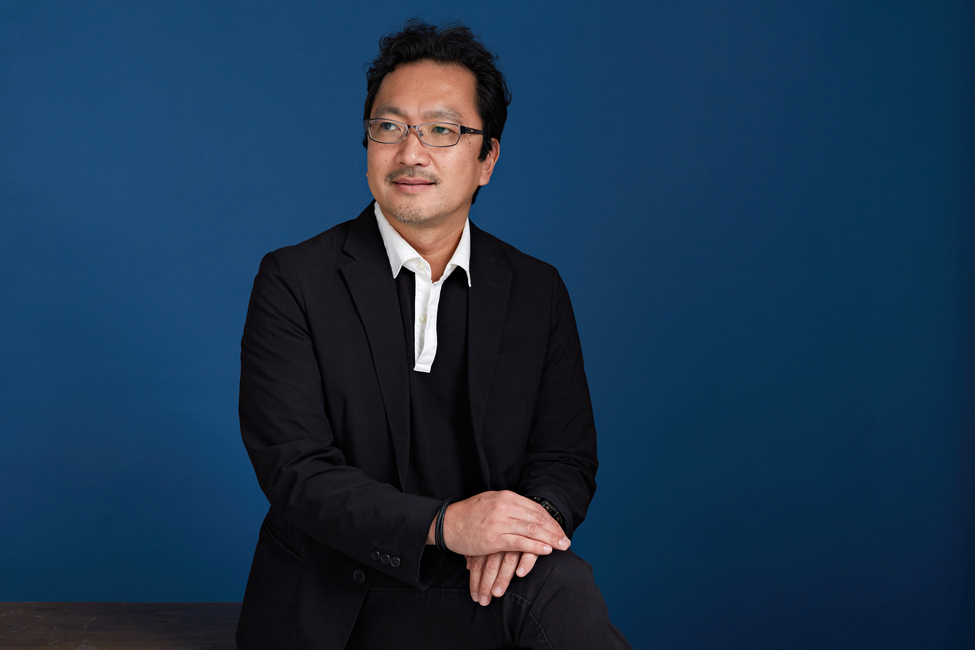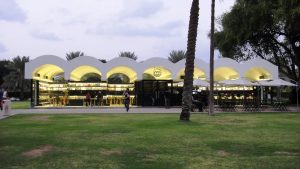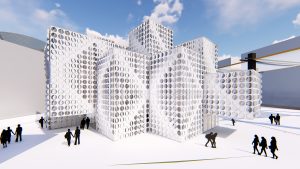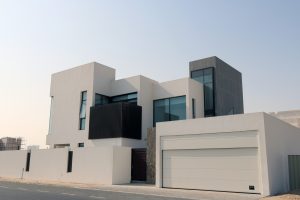
- ARAB NEWS
- 26 Apr 2024

Shams El -Mutwalli Dubai
Japanese architect Takeshi Maruyama moved from Japan to the UAE to fulfil his dream of moving abroad and brought with him his architectural passion and expertise that he now passes on to his students at the American University in Dubai.
In the UAE, Maruyama made his architectural mark by working on notable projects including, the Archive, which was a concept library and café located in Dubai’s Safa park as well as the Brownbook publishing office.
Maruyama shared how Brownbook brought him several projects, “since the clients had a clear vision about the projects, it was quite comfortable to work with them. Our design direction was aligned and their knowledge about Japanese trends helped to build a common target as well,” he said.
He also told Arab News Japan exclusively, “for the Brownbook office I challenged a very minimal design for the steel staircase. It was not easy in Dubai, but I made it.”
Regarding the Archive, Maruyama shared how “I believe I could create a very unique floating effect using the existing structure. Even some professional architects could not figure out the structural system. Also, it was highlighted as a pioneer project of renovation in Dubai.”
Maruyama renovated a 1975 structure to give it a contemporary finish.

The café and library was recognized as a social space that housed community events, cultural workshops, film screenings and lots of books.
Maruyama defines his architectural essence as modern, minimal and practical, a style refined by his years of experience as well as teachings from the architects he admires like the American architect Louis Khan who designed the British Art Museum in Yale, as well as his classmate Sou Fujimoto who shaped his design philosophy and lastly, his instructor Hiroshi Hara who helped define what it means to be an architect.

More recently, Maruyama has partnered with firm, Archidentity to work on a number of private villas, the Live Pavilion for EXPO2020 and has also played a role in shaping the interior of other spaces including a number of restaurants, a Japanese salon, and clothing store CHI-KA in Alserkal Avenue, Dubai.

His integration into the Middle East, architectural scene outlined the differences between Arabic and Japanese architectural elements and how they compare.
“To be honest, when it comes to sensitivity, what I found in this region is far away from the Japanese one. Whats common to us are not common to the workers here. Therefore, I did recognize the quality of Japanese architecture is based on Japanese craftsmanship,” he said.
Maruyama has tried to bridge the gap between the two styles, especially in Cairo when working on a Japanese restaurant, by designing patterns that integrate Arabic designs with the infamous cherry blossom.
When commenting on Japanese architecture, Maruyama proudly spoke of his foundations.
“For me, Japanese architecture is composed of subtle sensitivity. Cleanness and preciseness in the finish quality are not so talkative but people feel them unconsciously and that gives them comfort, I believe. These factors are founded on Japanese craftsmanship and I do respect it. Top Japanese craftsmen never compromise. What they try to create is nothing more than the top quality. So it is not about the form, shape, or element. The soul behind makes Japanese architecture unique,” Maruyama told Arab News.
Aside from Japanese aesthetics, there is an overlap in lifestyles especially when factoring cultural practices like eating on the floor, a communal eating setting, and welcoming guests hospitably, Maruyama highlighted.
“Both are closer than Western culture. Sometimes I try to incorporate this kind of similarity to the space configuration,” he said.
He obtained both his bachelor’s and master’s degree in Engineering of Architecture, from the University of Tokyo.
In 2006 “when the economy in Japan went down in early 2000s, most of the projects in which I was involved did not go well. I had a dream to work abroad since I was young, and at that time I was telling it to many of my friends,” Maruyama said.
One of his friends went on to tell him of an opportunity available to work alongside an Emirati architect.
“I was curious about Dubai, so right way took a plane and came to meet him. He was a good person, talented architect, and we had a good feeling together,” after which he decided to join the team, Maruyama told Arab News Japan.
Maruyama is also an associate professor of Architecture at AUD, with 25-years of design experience.
He offers lectures to graduating students and passes on the four major lessons of: visiting a site, maintaining awareness of dimensions, making a physical model and always ensuring a design is both functional and fascinating.
Teaching has not only allowed Maruyama to further his passion for architecture but has also allowed him to contribute towards constructing a future generation of remarkably cultivated architects that are well-schooled in the principles of the field.